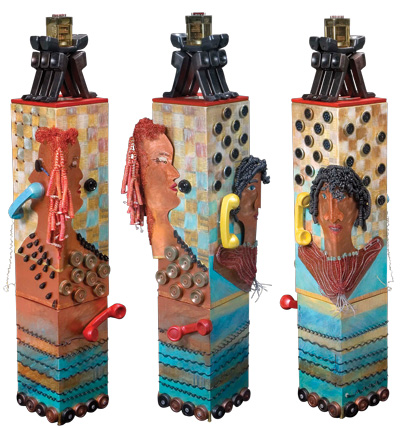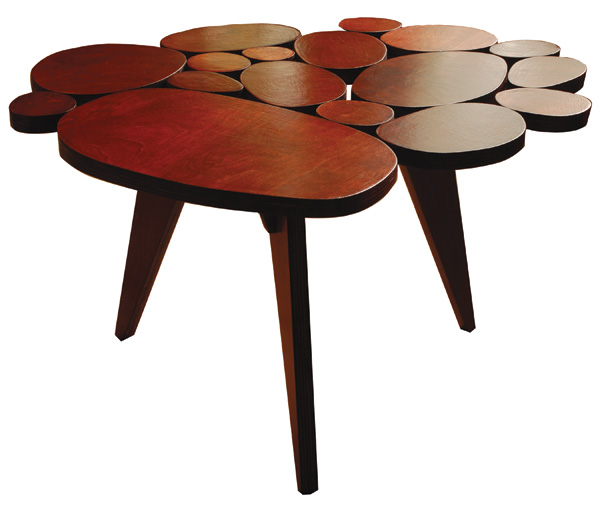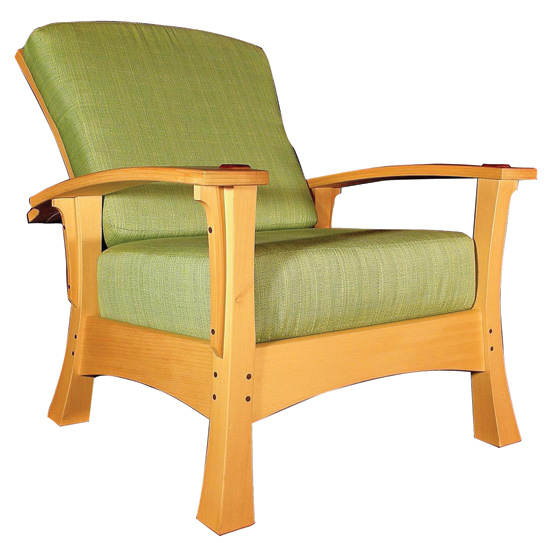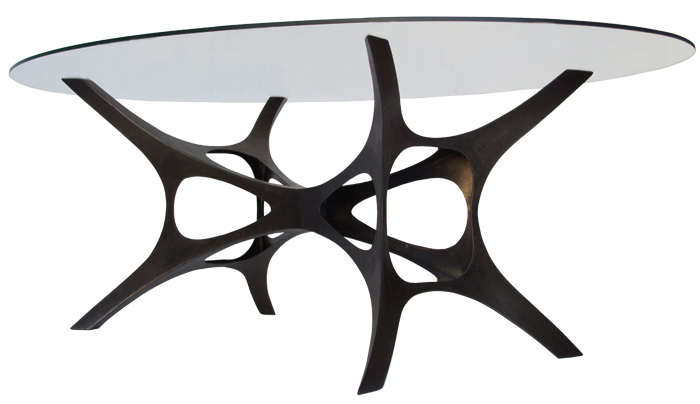Chris Held
To Portland woodworker Chris Held, furniture is a way to connect with a past that’s disappeared from much of America. “I work with old materials and weathered finishes to infuse my furniture with nostalgia,” says Held. “I grew up in the sprawling suburbs of Atlanta where everything old was torn down to make room for the new. My furniture represents a yearning for the old, for something that doesn’t smell of fresh asphalt.”









